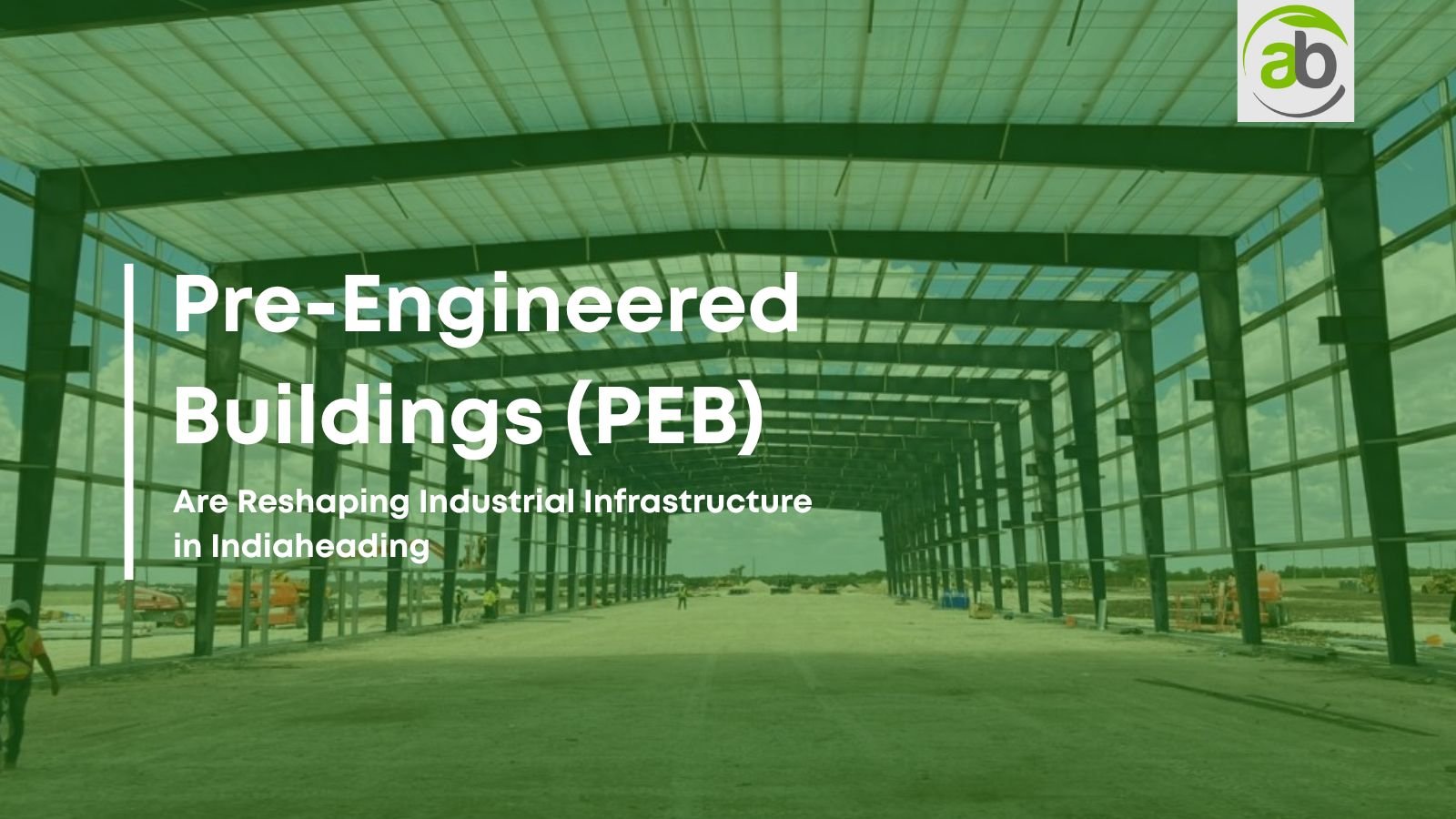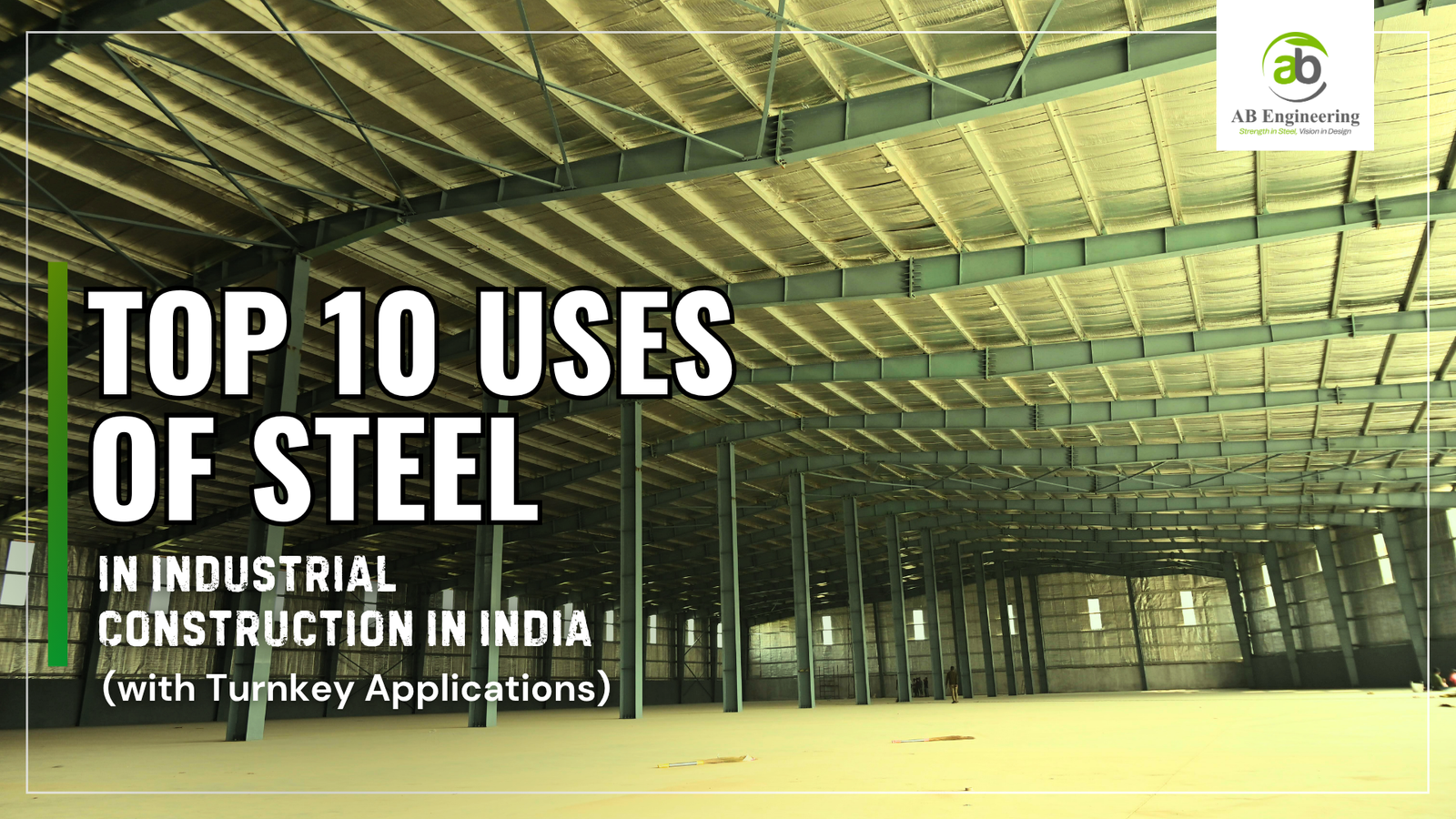Introduction
India’s industrial landscape is evolving rapidly — and at the center of this transformation lies an innovation that’s faster, smarter, and more efficient: Pre-Engineered Buildings (PEBs). These structures are changing the way factories, warehouses, cold storage units, logistics hubs, and retail centers are designed and built.
In a country where time-to-market and structural efficiency are critical, PEBs offer a powerful solution. They enable industries to scale faster, reduce costs, and build with precision, all while maintaining safety and design flexibility.
In this blog, we explore how PEBs are reshaping India’s industrial infrastructure — with insights, real-life examples, and the expertise of AB Engineering leading the way.
Table of Contents
- What are Pre-Engineered Buildings (PEBs)?
- Key Benefits of PEBs in Industrial Construction
- Top Industrial Sectors Using PEBs in India
- Why PEBs Are Growing Fast in India
- Case Studies: PEB Projects by AB Engineering
- Challenges and How to Overcome Them
- Final Thoughts: The Future of Industrial Construction in India
- Why Choose AB Engineering for Your Next PEB Project
- FAQs
1. What are Pre-Engineered Buildings (PEBs)?
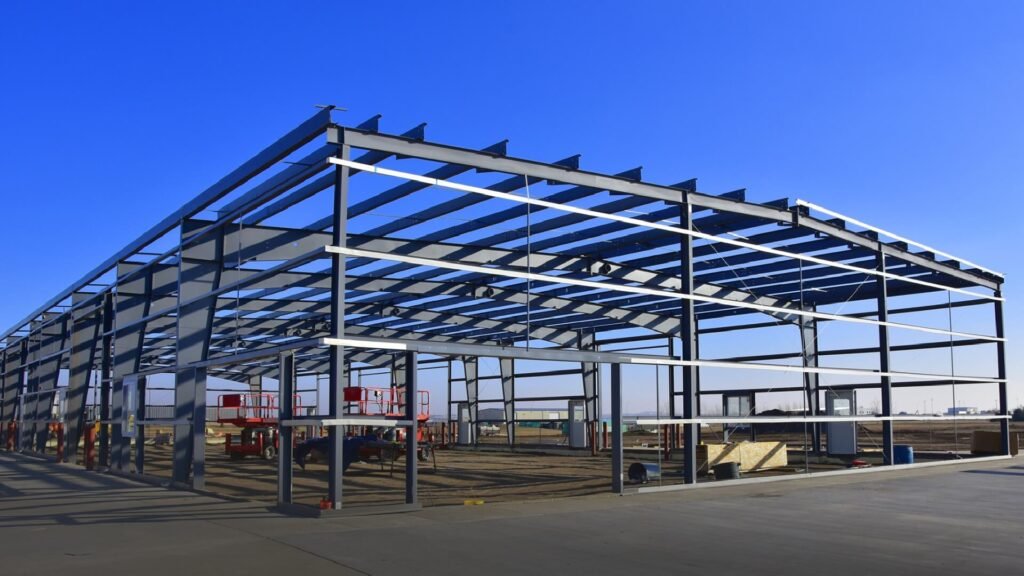
Pre-Engineered Buildings (PEBs) are steel structures designed and fabricated in a factory and assembled on-site. Unlike conventional buildings that are constructed brick by brick, PEBs are developed using detailed engineering design, standardized components, and high-precision manufacturing.
These buildings consist of primary frames (like columns and rafters), secondary structural elements (purlins and girts), roof and wall panels, and accessories — all pre-fabricated and shipped to the construction site for quick assembly.
PEBs are engineered for strength, durability, and rapid deployment, making them a preferred solution for industrial infrastructure across India.
2. Key Benefits of PEBs in Industrial Construction
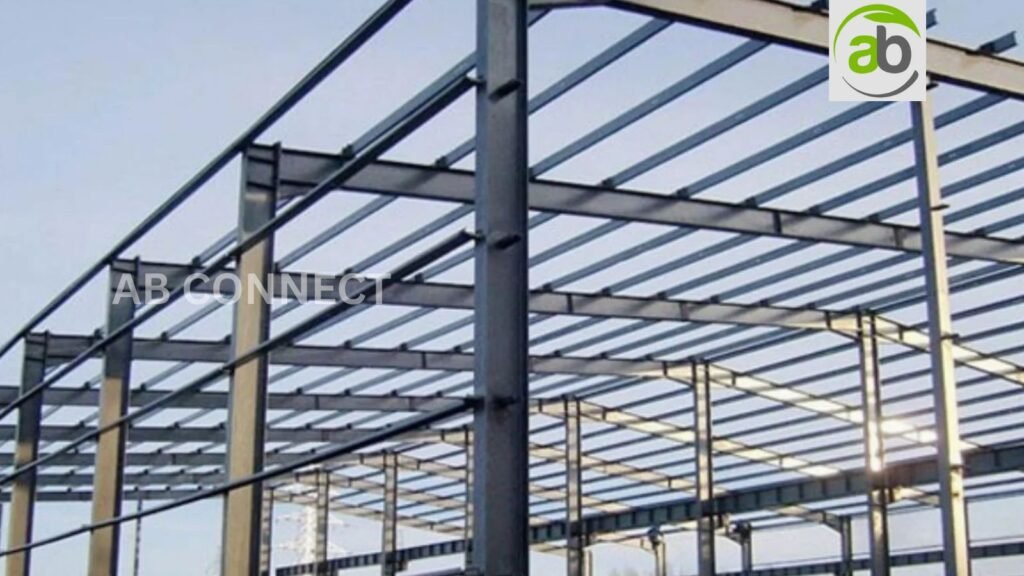
- Speed of Construction
PEBs are fabricated in controlled factory environments and then assembled quickly on-site. This reduces construction time by up to 40–50%, helping businesses go operational faster. - Cost Efficiency
Factory-based fabrication minimizes material waste and labor overheads. With fewer delays and lower maintenance requirements, PEBs often deliver 30% cost savings compared to RCC buildings. - Strength & Durability
Steel components are designed for high load-bearing capacity, seismic resistance, and long-term performance. - Design Flexibility
PEBs allow custom architectural elements, long clear spans, partition-free zones, skylights, ventilation systems, and mezzanines. - Scalability & Expansion
PEBs can be extended horizontally or vertically with minimal disruption. - Low Maintenance
With galvanized steel, anti-corrosion coatings, and precise fittings, PEBs reduce long-term maintenance costs. - Sustainability
PEBs are environment-friendly. Steel is 100% recyclable, and PEBs produce significantly less construction waste.
3. Top Industrial Sectors Using PEBs in India
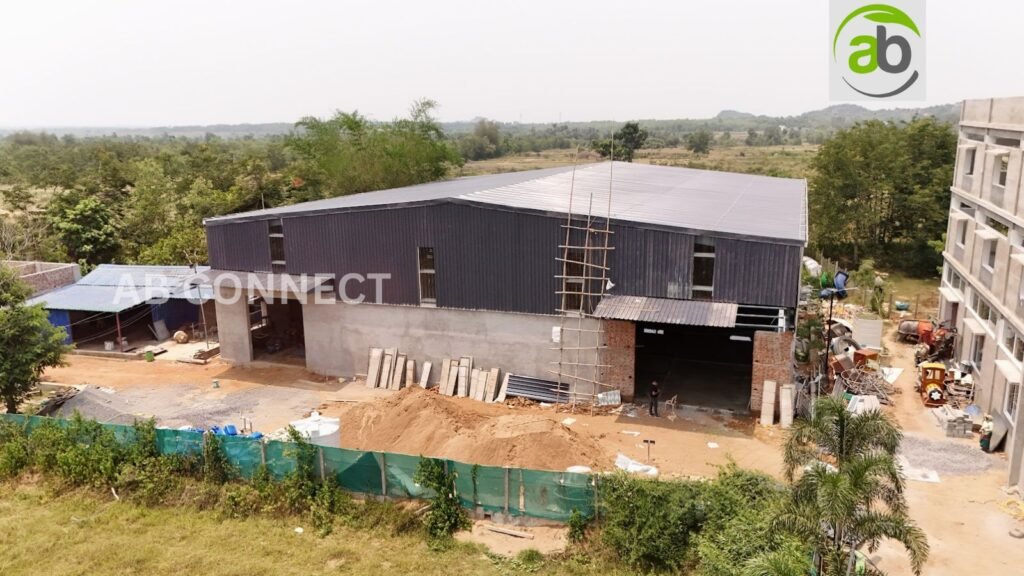
- Warehousing & Logistics
Large-scale, obstruction-free storage with integrated loading bays. - Manufacturing & Factory Sheds
Industries use PEBs for factory sheds that support cranes, ventilation, and 24/7 operations. - Cold Storage & Agro Processing
PEBs with insulation systems are ideal for temperature-controlled environments. - Retail & Showroom Infrastructure
PEBs support fast rollouts of multi-storied retail buildings like Zudio and V2 Retail. - Turnkey Industrial Projects
Design-to-delivery PEBs are ideal for fully operational industrial units.
4. Why PEBs Are Growing Fast in India
- Industrial Growth & Government Push
Initiatives like Make in India and PM Gati Shakti drive infrastructure demand. - Cost & Time Pressures
PEBs reduce construction time by 40–50%, cutting go-live time significantly. - Sustainability Demands
Steel is recyclable and low-waste, meeting green building standards. - Innovation in Engineering
Modern PEBs support energy-efficient roofing, mezzanine floors, and aesthetic facades.
5. Case Studies: PEB Projects by AB Engineering
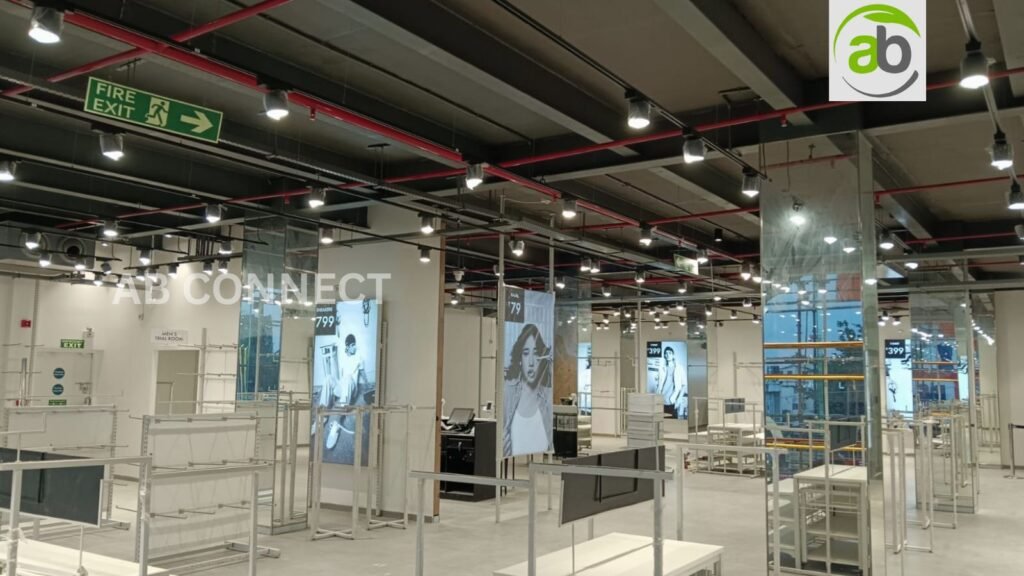
- Decobee Warehouse Project
Full PEB structure with modular construction and ventilation systems. - Millet Factory Cold Storage Unit
Insulated steel building with partition zoning for agro materials. - Zudio & V2 Retail Buildings
Steel structures for commercial spaces with vertical expansion. - Floura Fountain Factory Shed
PEB with custom design for manufacturing with crane support.
6. Challenges and How to Overcome Them
- Perception Gaps
Some builders believe PEBs have design limitations. Education helps shift perception. - Vendor Reliability
Choosing experienced partners like AB Engineering ensures on-time, quality delivery. - Integration with MEP Systems
AB Engineering’s turnkey service aligns structural and MEP design from start to finish.
7. Final Thoughts: The Future of Industrial Construction in India
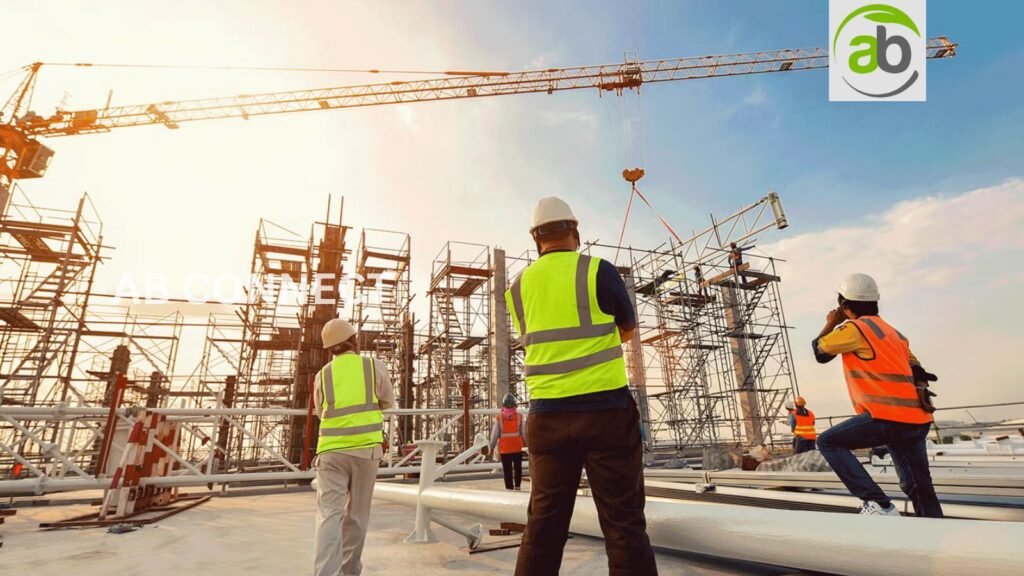
India’s infrastructure future lies in fast, scalable, and green buildings — PEBs provide this foundation. They’re not just an alternative but the new standard in modern industrial architecture.
8. Why Choose AB Engineering for Your Next PEB Project
AB Engineering delivers in-house fabrication, custom designs, turnkey execution, and proven success across warehouses, cold storage, showrooms, and factory sheds.
9. FAQs
Q: Are PEBs strong enough for heavy-duty industries?
A: Yes. PEBs are designed to IS standards for high load-bearing capacities.
Q: How long does a PEB project take?
A: Typically 40–60% less time than RCC buildings.
Q: Can PEBs support temperature control?
A: Yes, with insulation panels, HVAC-ready systems, and zoning.
Q: Are PEBs more expensive?
A: No. They’re more cost-effective due to speed, reduced waste, and long-term savings.

